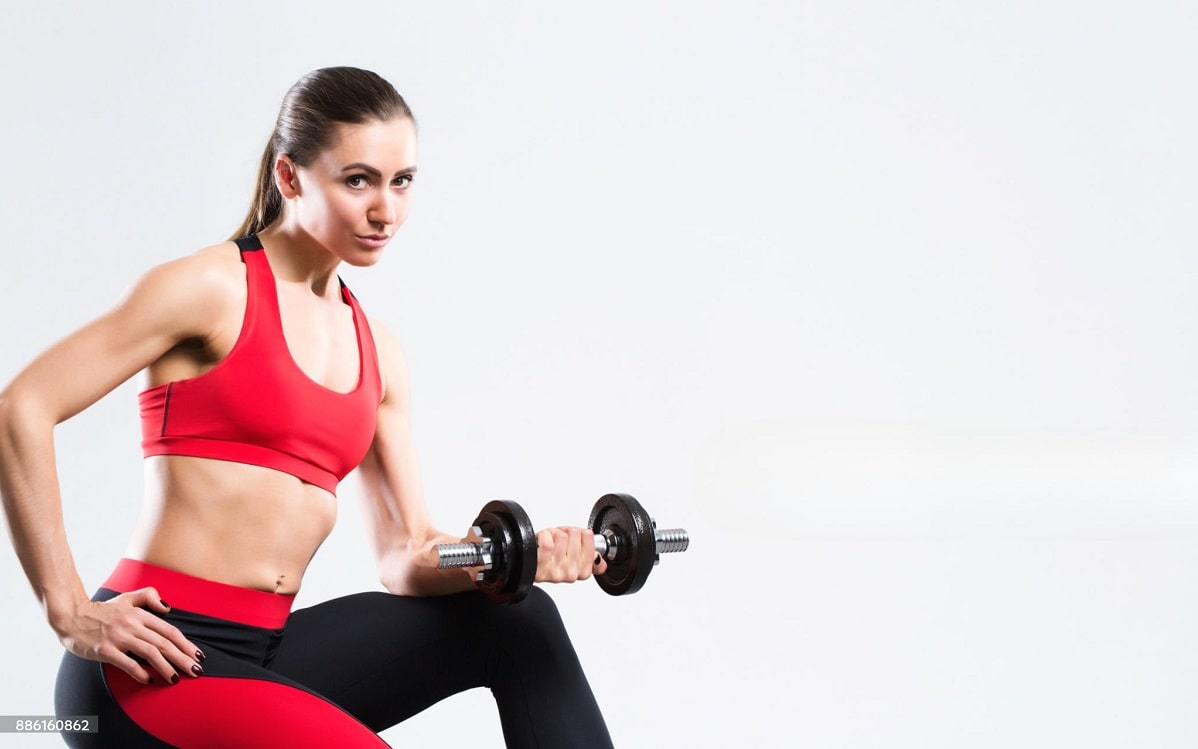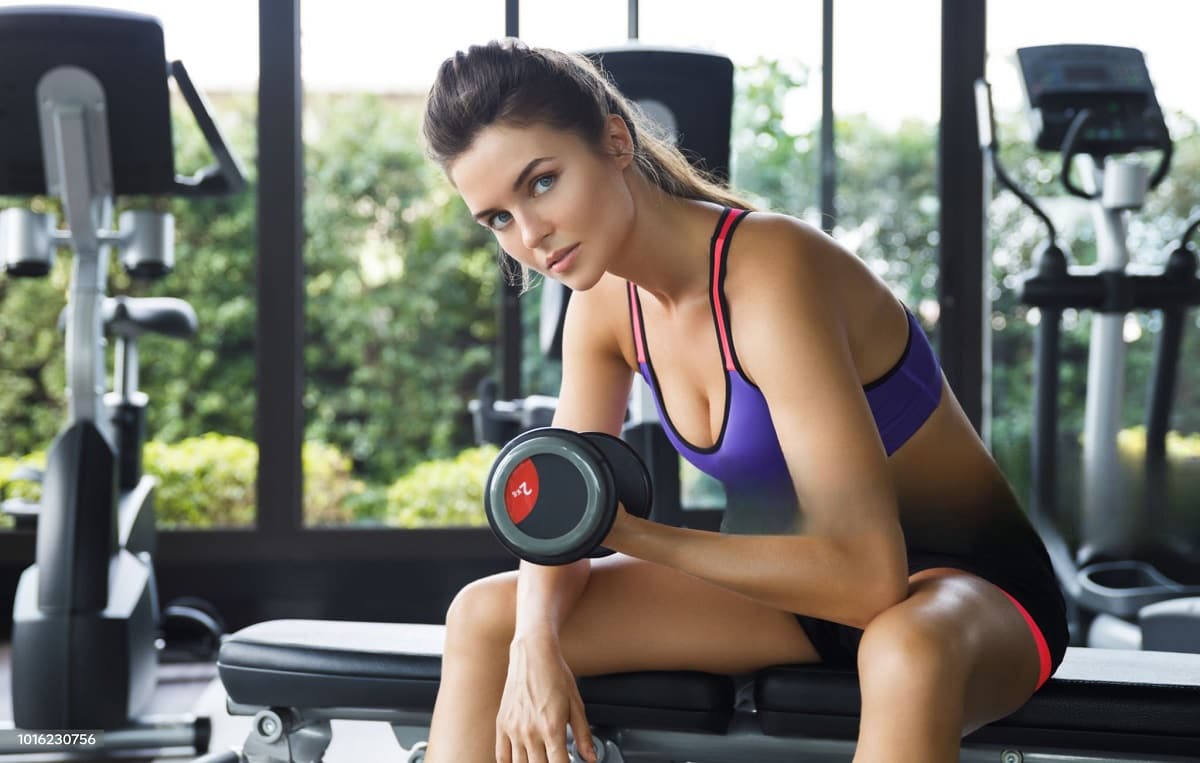Postnatal Pilates is a wonderful way for new mothers to regain strength, improve posture, and boost overall well-being after childbirth. As your baby grows, your Postnatal Pilates practice can adapt to meet the changing needs of your body and lifestyle. This article will guide you through the stages of postnatal Pilates, providing tips and techniques to help you adjust your practice as your baby grows.
The Benefits of Postnatal Pilates
Postnatal Pilates offers numerous benefits for new mothers. These include:
- Core Strengthening: Helps in recovering the abdominal muscles and pelvic floor strength weakened during pregnancy and childbirth.
- Posture Improvement: Aids in counteracting the postural changes caused by breastfeeding and carrying your baby.
- Flexibility and Mobility: Enhances overall flexibility and joint mobility, which can be restricted post-pregnancy.
- Stress Relief: Provides a mental break, helping to reduce stress and anxiety.
- Bonding with Your Baby: Some Postnatal Pilates exercises can be done with your baby, creating a bonding experience.
Starting Postnatal Pilates: The First Six Weeks
Seeking Medical Clearance
Before beginning any postnatal exercise program, it is crucial to get medical clearance from your healthcare provider. This is usually given at the six-week postpartum check-up.
Gentle Exercises
In the initial weeks post-delivery, focus on gentle exercises that promote healing and recovery:
- Breathing Exercises: Focus on deep diaphragmatic breathing to help reconnect with your core muscles.
- Pelvic Floor Exercises: Start with gentle pelvic floor contractions to begin strengthening the pelvic area.
- Simple Stretching: Gentle stretches can help alleviate the stiffness and tension in the back and shoulders.
Six Weeks to Three Months: Building a Foundation
Core Activation
As you move past the initial recovery phase, you can start incorporating more structured Postnatal Pilates exercises:
- Pelvic Tilts: These help engage the core and pelvic floor muscles.
- Heel Slides: Slide one heel away from the body while maintaining a stable pelvis, engaging the lower abdominal muscles.
- Bridge: A great exercise to start activating the glutes and core muscles.
Focusing on Posture
Posture correction becomes essential as you spend a lot of time feeding and holding your baby. Exercises like:
- Chest Openers: These help counteract the rounded shoulder posture.
- Scapular Retractions: Strengthening the upper back muscles to support better posture.
Three to Six Months: Increasing Intensity
Incorporating Baby into Your Workouts
As your baby grows and becomes more interactive, you can incorporate them into your Postnatal Pilates routine:
- Baby Bridges: Place your baby on your pelvis while doing bridge exercises to add a bit of weight and fun.
- Leg Lifts with Baby: Lie on your back with your baby on your shins, lift and lower your legs while engaging your core.
Progressive Exercises
You can start including more challenging exercises to further strengthen your body:
- Planks: Start with modified planks on your knees and gradually progress to full planks as your strength improves.
- Side-Lying Leg Lifts: These help strengthen the hip abductors and core.
Six to Nine Months: Enhancing Mobility and Strength
Dynamic Movements
As your baby becomes more mobile, your Postnatal Pilates practice can include more dynamic movements:
- Standing Leg Lifts: These help in balancing and strengthening the lower body.
- Squats with Baby: Holding your baby while performing squats can help improve leg strength and balance.
Focus on Flexibility
Including flexibility exercises becomes crucial as your baby grows heavier:
- Hamstring Stretches: Help alleviate lower back tension.
- Thoracic Spine Mobility: Rotational exercises to keep the upper back mobile.
Nine to Twelve Months: Advanced Postnatal Pilates
Engaging the Entire Body
By this stage, you can challenge your body with more advanced Postnatal Pilates exercises:
- Full Plank Variations: Adding leg lifts or arm reaches while in plank position.
- Pilates Push-Ups: Combining upper body strength and core stability.
Incorporating Resistance
Adding resistance bands or light weights can further enhance your workouts:
- Banded Glute Bridges: Increase resistance to glute and core exercises.
- Resistance Band Rows: Strengthen the upper back and shoulders.
Postnatal Pilates Tips
Listen to Your Body
Always listen to your body and adjust the intensity of your workouts Accordingly. If you experience any pain or discomfort, stop the exercise and consult a healthcare professional.
Stay Hydrated and Nourished
Proper hydration and nutrition are crucial for recovery and maintaining energy levels, especially if you are breastfeeding.
Consistency is Key
Consistency is more important than intensity. Aim for regular, short sessions rather than sporadic, intense workouts.
Seek Professional Guidance
Consider working with a certified postnatal Pilate’s instructor who can provide personalized guidance and ensure you are performing exercises correctly.
Conclusion
Postnatal Pilates is a flexible and beneficial practice that can adapt as your baby grows. By progressively adjusting your exercises, you can continue to build strength, improve posture, and enhance overall well-being. Remember to seek medical clearance, listen to your body, and enjoy this special time bonding with your baby while taking care of your health.
Author Bio: Emma Watson is a content marketer who works for Affiliate Marketing – Coupon and Discount Codes Providing Platform. A writer by day and a reader by night; She is striving to make the most of the new opportunities that comes in his way and excels in everything she does.












